This week we dive back into the research of the three north residential halls: Binjai, Tanjong and Banyan. Our initial idea was to create a light sculpture based on the element forms of flowers from the trees. The purpose is to design a statement piece that people can identify with the NTU heritage trees.
The challenge we encounter was to integrate these three elements that is so diverse. Then we questioned ourselves, “why flowers??” What are the eminent qualities in them?
In addition to the last week’s insights on discovering nature through a medium, we first need to identify the characteristics of the representative trees of north halls.
Banyan Tree

- Burmese Banyan (Ficus kurzii) species in Singapore
- Strangler Fig that begins its life as an epiphyte (grows on other trees)
- Envelopes and kills host tree as it decomposes. Banyan eventually leaves a hollow central core which is desirable for animals to take shelter in the wild.
- Unable to germinate on ground but more on woodland
- Leaves are large, leathery, glossy and elliptical
- Circumference of 30 m and a height of about 35 m
Characteristic: Fluidity/Adaptability in growth
Binjai Tree
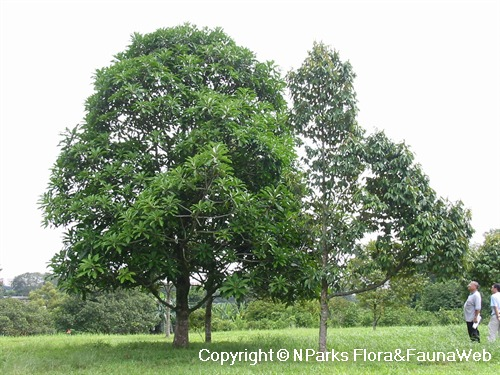
- Mangifera caesia tree (Binjai in Malay) is native to Singapore, endangered species
- Dome shaped crown, dense
- Edible brown-yellowish fruit (part of mango family tree), used in sambal chilli and rojak
- Grows on lowlands
- Deciduous: Seasonal leaves shedding
- Leaves are rounded, large and leathery
- Height of 30m tall
Characteristic: Transience/Momentary
Tanjong Tree
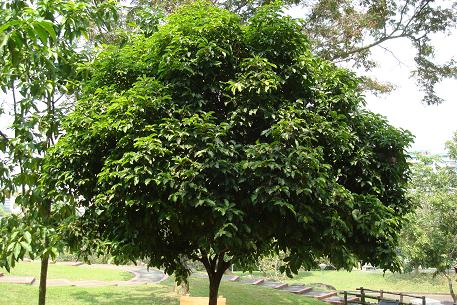
- Tanjong (Mimusops elengi) tropical tree in SEA region
- Evergreen
- White star-like flowers produce sweet scent. Used as adornment, stringed them into necklaces
- Red-orange fruits with velvety skin, eaten by birds
- Medical values: leaves are used to ease headaches, the bark for the treatment of pimples and the roots used to sooth sore throats
- Leaves are glossy, oval-shaped with wavy leaf margins.
- Height of 20m, circumference of 1m
Characteristic: Vitality
We identify the design elements to be Fluidity, Transcendence and Vitality. To translate and communicate the elements into visual form.

The possible ideas to present the 3 elements are:
- Interactive seat
- Water fountain
- Sheltered seating area
- Light sculpture
- Kinetic sculpture
Reference works
We look into how nature themed installations/sculptures are used as a medium to represent/give meaning to places.
1. Warde by HQ Architects
Located in Valero Square, Jerusalem, the interactive light installation aims to revive a dead urban space that is lacking human crowds. They chose poppies as the form as poppies often thrive in neglected and disturbed environment. The poppies will open and close when there are any passerby, which will ignite the curiosity in them to come and interact with the space.

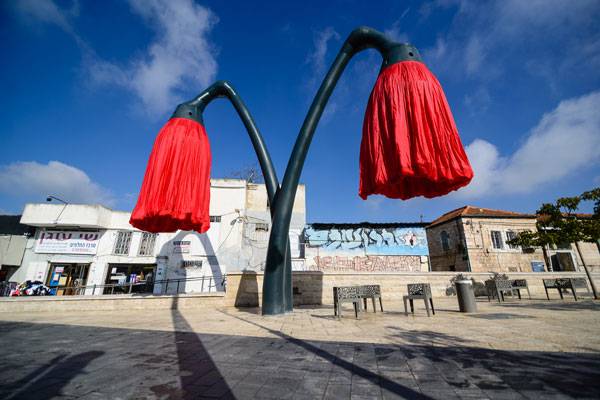
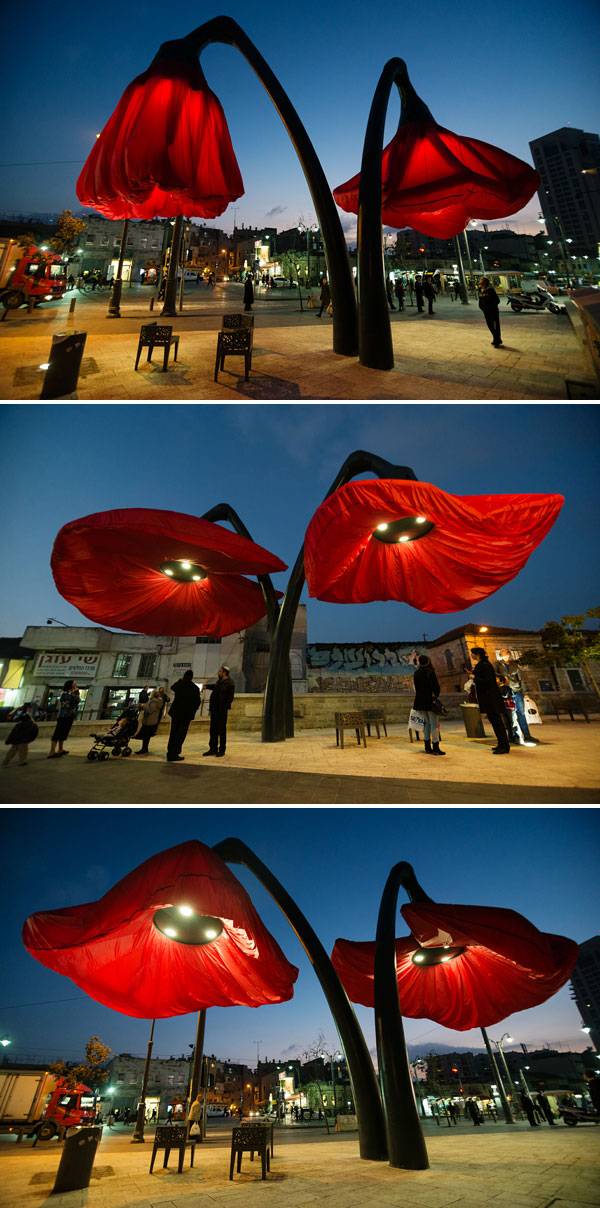
Source: Can Art Revive a Dead Urban Space?
2. moistSCAPE by Freecell
The installation featured geometrical planes of steel structures with different species of mosses growing on it. The whole space provides an opportunity for viewers to walk in and experience the combination of nature and artificial materials.

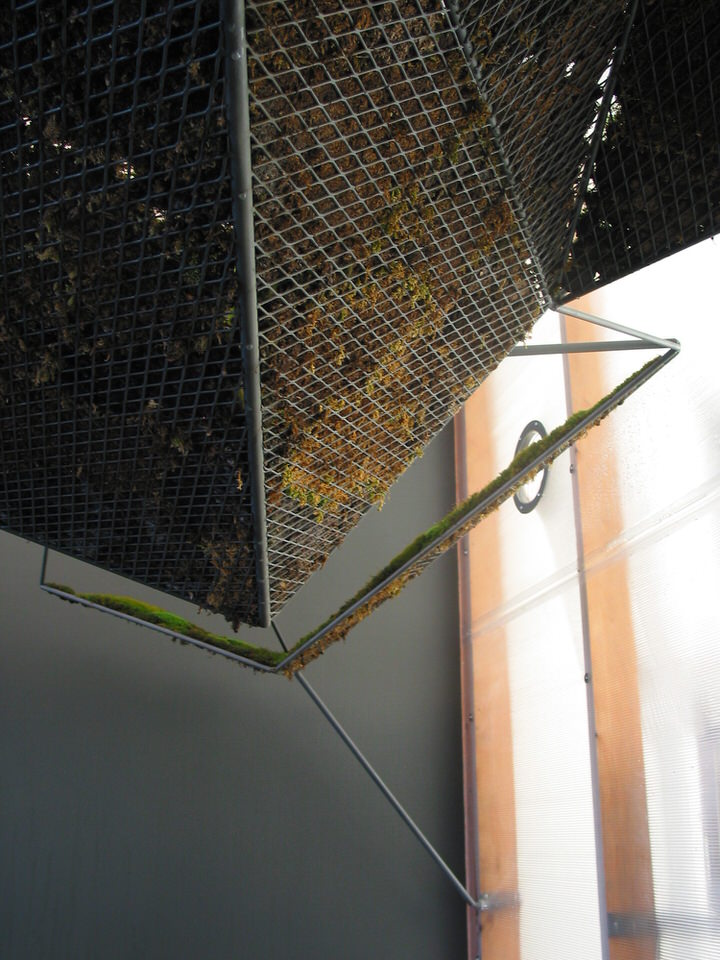

Source: Moistscape – 3D Geometric Moss Art Installation
3. Living Pavilion by Ann Ha & Behrang Behin
The concept of this pavilion is to bring back nature into the city by adding some “green” into the space. This was constructed using milk crates and shade tolerant plants which enable the place to maintain cooler temperature and easy disassembly of the pavilion.



Source: FIGMENT 2010 City of Dreams: Living Pavilion
Feedbacks
> Two ways of execution: Actual integration of three plantations, symbolic form of the 3 characteristics
> Cohesiveness of combining three different characteristics
> Hybrid tree?? Research!!
> Co-habitat space for the trees
> what kind of first impression you want to project upon looking at the sculpture/installation
.
Reference links:
The Banyan Tree: A tree of elegance, superstition and even murder
Singapore Heritage Trees (Binjai tree)
Tanjong Trees – Tress from Seeds

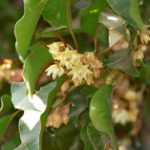
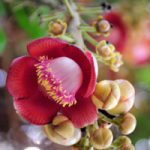
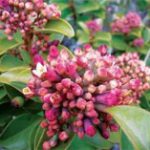
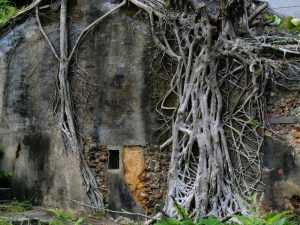
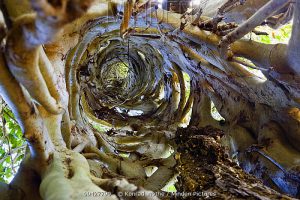
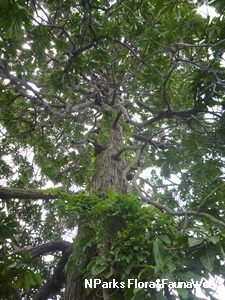
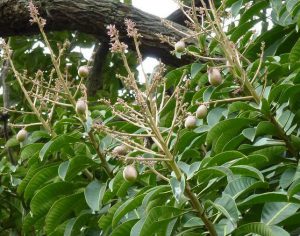
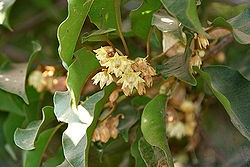
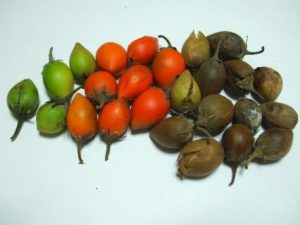
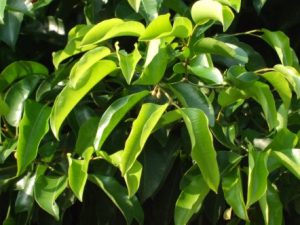
http://www.coroflot.com/preinecke/bmw-designworks-emotional-addressing
The matrix I told you two about. Note how they use the matrix to come to a conclusion on the resulting form.
Sure we’ll read it up, thank you 🙂
Hi KS!
How do we differentiate ‘Surface’ and ‘Texture’ in the PSD Matrix??
It is up to your own definition. According to the example I gave you Surface is sort of a ‘first impression’ while Texture is something which you perceive up-close.